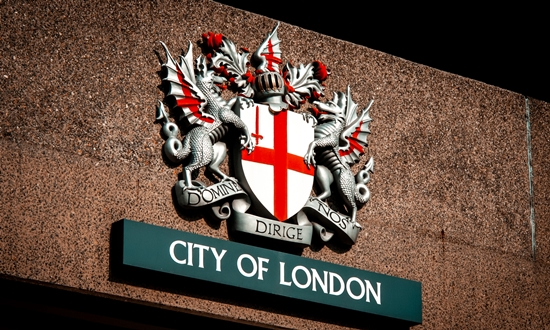
The corporation oversees London’s main financial district – an area known as the Square Mile – and said it hoped to move to becoming ‘fully circular’ through a focus on cutting waste and recycling building materials.
A Circular Economy Framework and Action Plan approved by the organisation will look to introduce new requirements on conduction products to cut waste, while also improving recycling facilities in the region to serve residents, businesses and visitors to the area.
This plan will directly feed into the aims of the City of London Corporation’s Climate Action Strategy that seeks to ensure a full transition to creating net zero carbon emissions by 2040 – ten years ahead of the UK’s own legal targets.
Mary Durcan, Chair of the city corporation’s Port Health and Environmental Services Committee said the new commitments and framework would be transformative for the future of the Square Mile area.
She said: “It builds on our commitment to innovation and sustainability, creating a greener, cleaner City for everyone.”
“By adopting circular economy principles, we’re not just reducing waste, we’re unlocking economic opportunities, fostering collaboration, and ensuring that the City remains a world-leading hub for business and culture.”
Shravan Joshi, Chair of the group’s Planning and Transportation Committee, said the strategy was intended to help drive sustainability in the heart of London.
He said: “The City of London’s global reputation as a financial and cultural capital is underpinned by our ability to lead on sustainability. As well as reducing waste, we’re creating a resilient and future-proof city where materials are continuously upcycled.
“This framework exemplifies how forward-thinking policies can drive real change, making the Square Mile a model for circularity and a magnet for sustainable investment.”
The new framework would extend a number of other circular economy programmes that incudes backing the donation of books, clothes and electrical equipment for re-use. It has also published a Heritage Buildings Retrofit Toolkit. This document explains the options for ensuring effective retrofitting of older buildings to help to ensure climate resilience.







